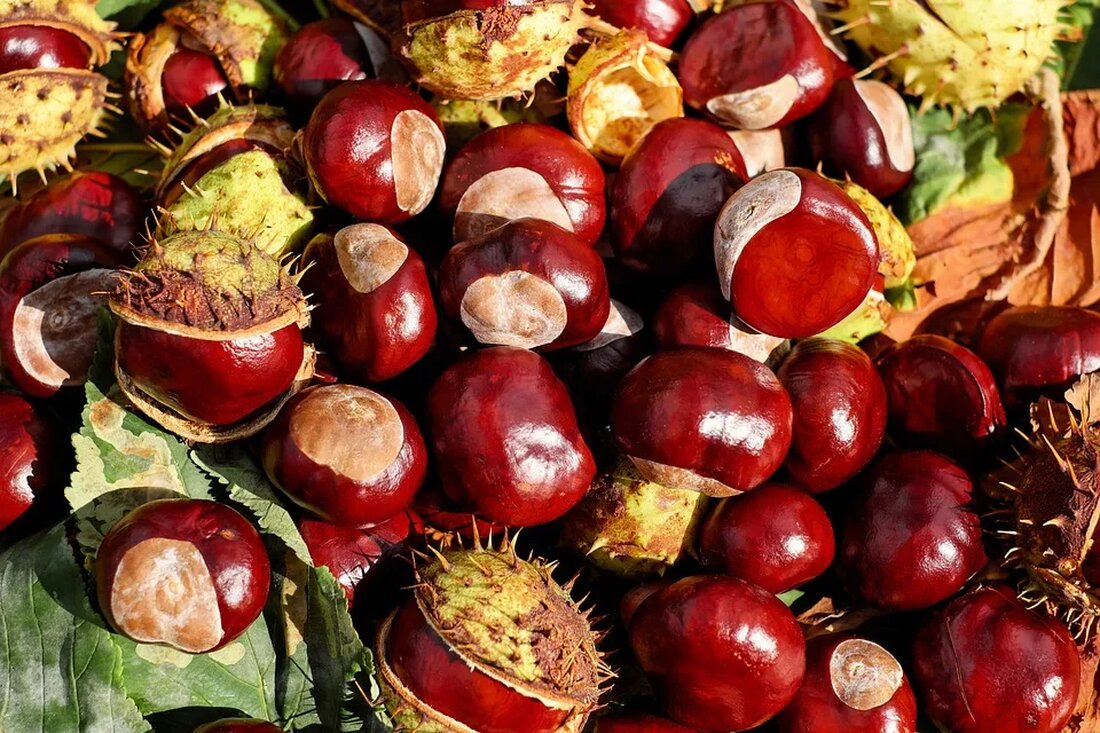Edible flowers: nutritional values and uses
Edible Flowers: Nutrition Facts and Uses Flowers are not only beautiful to look at but can also be a delicious and healthy addition to various dishes. Many flower petals are edible and provide a variety of nutrients and flavors. In this article, we will look at the nutritional values of edible flowers and their uses in the kitchen. Nutritional Values of Edible Flowers Flowers contain a variety of nutrients, including vitamins, minerals and antioxidants. The exact nutritional values may vary depending on the type of flower, but in general, edible flowers contain: Vitamins Vitamin C: Flowers such as marigolds and nasturtiums contain vitamin C, which supports the immune system and...

Edible flowers: nutritional values and uses
Edible flowers: nutritional values and uses
Not only are flowers beautiful to look at, but they can also be a delicious and healthy addition to various dishes. Many flower petals are edible and provide a variety of nutrients and flavors. In this article, we will look at the nutritional values of edible flowers and their uses in the kitchen.
Nutritional values of edible flowers
Flowers contain a variety of nutrients including vitamins, minerals and antioxidants. Exact nutritional values may vary depending on the type of flower, but in general, edible flowers contain:
Vitamins
- Vitamin C: Blumen wie Ringelblumen und Kapuzinerkresse enthalten Vitamin C, das das Immunsystem unterstützt und die Produktion von Kollagen fördert.
- Vitamin A: Blumen wie Veilchen und Löwenzahnblüten enthalten Beta-Carotin, das der Körper in Vitamin A umwandeln kann, was gut für die Augengesundheit ist.
- Vitamin K: Blumen wie Gänseblümchen und Geranien enthalten Vitamin K, das eine wichtige Rolle bei der Blutgerinnung spielt.
Minerals
- Kalzium: Gänseblümchen und Rosenblüten sind gute Quellen für Kalzium, das für starke Knochen und Zähne wichtig ist.
- Kalium: Blumen wie Hibiskus und Borretsch enthalten Kalium, das für die Aufrechterhaltung eines gesunden Blutdrucks und einer normalen Herzfunktion wichtig ist.
- Eisen: Ringelblumen und Malvenblüten enthalten Eisen, das für die Produktion von roten Blutkörperchen und den Sauerstofftransport im Körper benötigt wird.
Antioxidants
- Flavonoide: Blumen wie Lavendel und Holunderblüten enthalten Flavonoide, die als Antioxidantien wirken und Entzündungen im Körper reduzieren können.
- Carotinoide: Taglilien und Schlüsselblumen enthalten Carotinoide, die die Zellen vor Schäden durch freie Radikale schützen können.
- Anthocyane: Flieder und Klatschmohnblüten enthalten Anthocyane, die für ihre entzündungshemmenden Eigenschaften bekannt sind.
Uses of edible flowers in cooking
Edible flowers are used in various ways in the kitchen to add color, flavor and a special touch to dishes. Here are some popular uses of edible flowers:
Salads and starters
Edible flowers can add beautiful color and fresh flavor to salads and appetizers. Marigold petals and nasturtium flowers, for example, can be used in green salads to add a bright orange or yellow accent color. Violet and daisy flowers are both decorative and edible and can add interesting texture to salads.
Drinks
Edible flowers can also be used in drinks to add an elegant touch. Hibiscus flowers, for example, are often used to make refreshing iced teas, giving them a deep red color and fruity flavor. Lavender flowers can be used in lemonades and cocktails to add a floral aroma.
Baked goods and desserts
Edible flowers can also be used in baked goods and desserts to give them a visual and flavor boost. Rose petals can be used in cakes and tarts to give them a delicate rose scent and a romantic look. Lilac flowers can be boiled into syrup and poured over ice cream or pudding to give them a subtle purple flavor.
Herbal oils and vinegars
Edible flowers can also be used to make flavored herbal oils and vinegars. For example, elderflower can be marinated in olive oil to give it a floral flavor that's ideal for drizzling on salads and roasted vegetables. Borage flowers can be pickled in vinegar to give it a mild cucumber flavor that works well in salad dressings or as a marinade.
Conclusion
Edible flowers are not only decorative, but also a valuable source of vitamins, minerals and antioxidants. Their use in the kitchen offers a variety of options for adding color, flavor and a special touch to dishes. From salads and appetizers to drinks, baked goods and desserts, there are countless uses for edible flowers. If you want to take your cooking skills to the next level or are simply looking for new taste experiences, try edible flowers and be surprised by their variety.
You can find out more about natural and healthy nutrition in our guide magazine Your-Heilpraktiker.com

 Suche
Suche
 Mein Konto
Mein Konto
